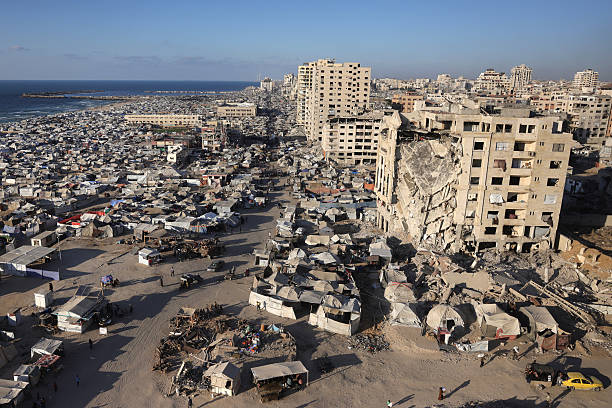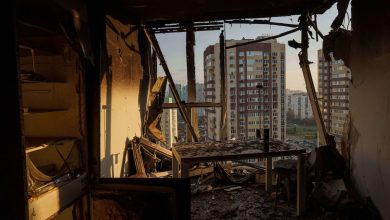Israel Continues To Demolish Gazan Buildings During “Ceasefire”

Israel has destroyed more than 1,500 buildings in certain parts of Gaza that have remained under its control since the ceasefire with Hamas. The ceasefire agreement went into effect on October 10th; however, satellite images reviewed by BBC Verify show that portions of Gaza are still active war zones.
Some have noticed that the operations inside Gaza are violations of the ceasefire agreement. In fact, United States President Donald Trump’s 20-point peace plan for Gaza, which is the basis for the ceasefire, stated that “all military operations, including aerial and artillery bombardment, will be suspended”. He has since repeatedly stated that “the war is over”.
Donald Trump Declares Gaza War “Over”
To confirm the destruction of the buildings, the BBC employed a change detection algorithm to analyze radar images taken before and after the ceasefire, highlighting changes that might indicate destruction. These changes were then manually counted to identify visibly destroyed buildings.
The media outlet did admit that it was difficult to be conclusive, as it relied on satellite images. However, the destroyed buildings did not appear to have been damaged before their destruction.
In an area near al-Bayuk, east of the city of Rafah, satellite imagery tells the same story. Numerous buildings that, from above, seemed undamaged before the ceasefire have since been destroyed. Aerial footage of a huge explosion published at the start of November shows dust rising from the ruins of the neighbourhood.
Earlier this year, the Israel Defense Forces waged a ground offensive in the city of Rafah.
Israel Defense Forces Advance In Rafah
Alleged destruction has also continued in Gaza City itself. Photos taken of the eastern neighbourhood of Shejaiya, as well as near the Indonesian hospital on the edge of Jabalia camp, show several buildings no longer standing that were intact before the ceasefire agreement.
These most recent demolitions come amid stalled reconstruction efforts and severe shortages of food, water, and medical supplies. With over 100,000 buildings damaged or destroyed since October 7th, according to the BBC‘s assessment, recovery remains a distant prospect for many Palestinians. Humanitarian efforts are still lagging as well.
“This is definitely a violation of the ceasefire,” said Dr. H.A. Hellyer, a RUSI Senior Associate Fellow. “But [Washington] DC is unwilling to recognise it as such, insisting that the ceasefire has to hold, even when it isn’t actually holding.”
For all intents and purposes, it appears that the war is continuing in an almost “behind closed doors” manner in which most media outlets are not reporting on.







